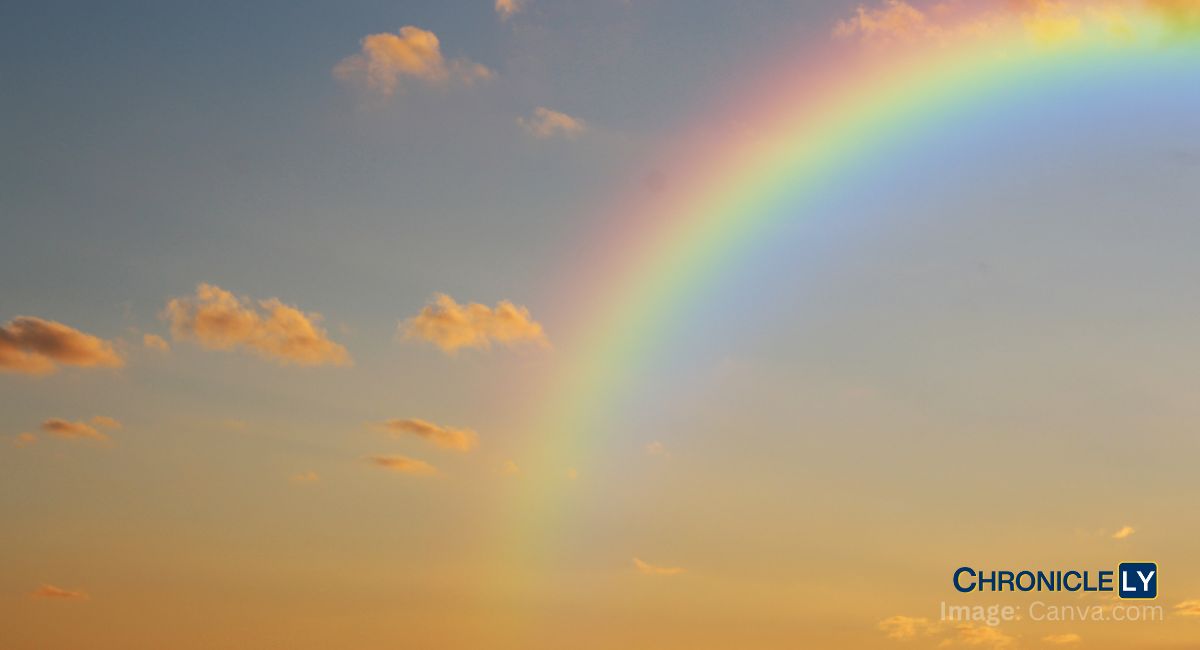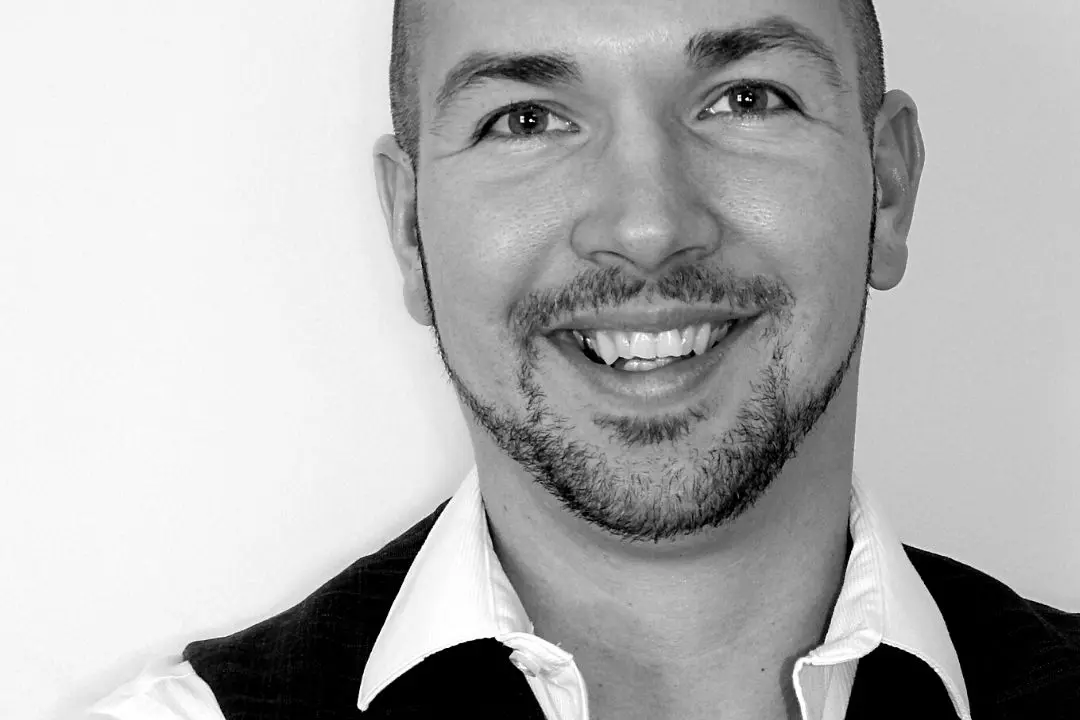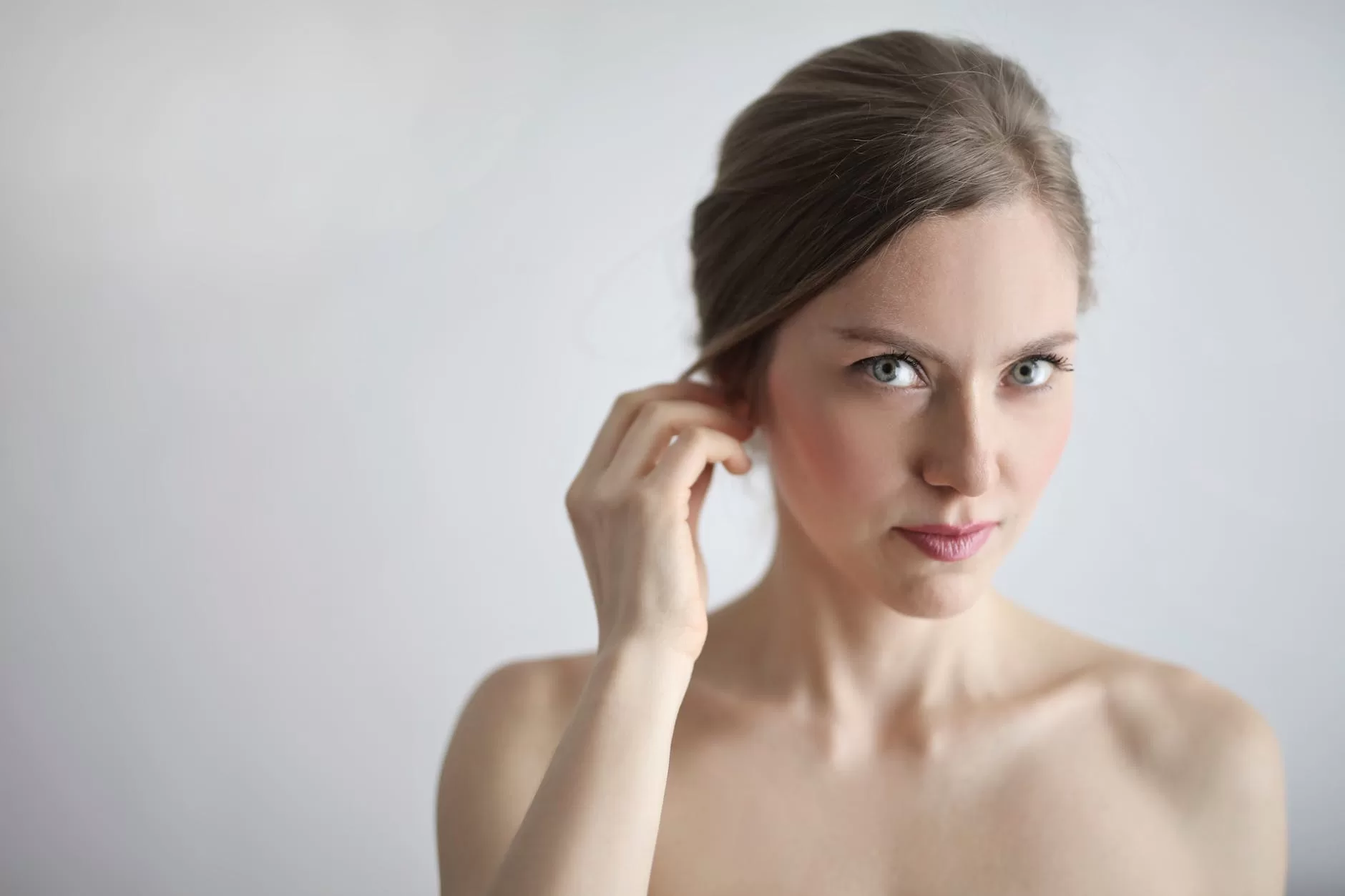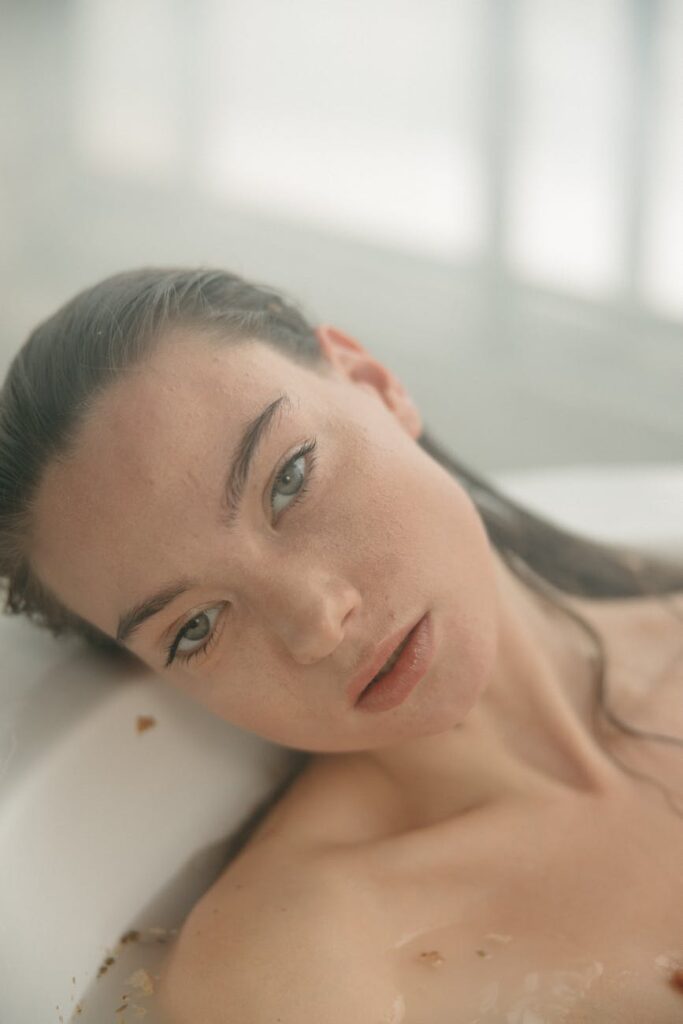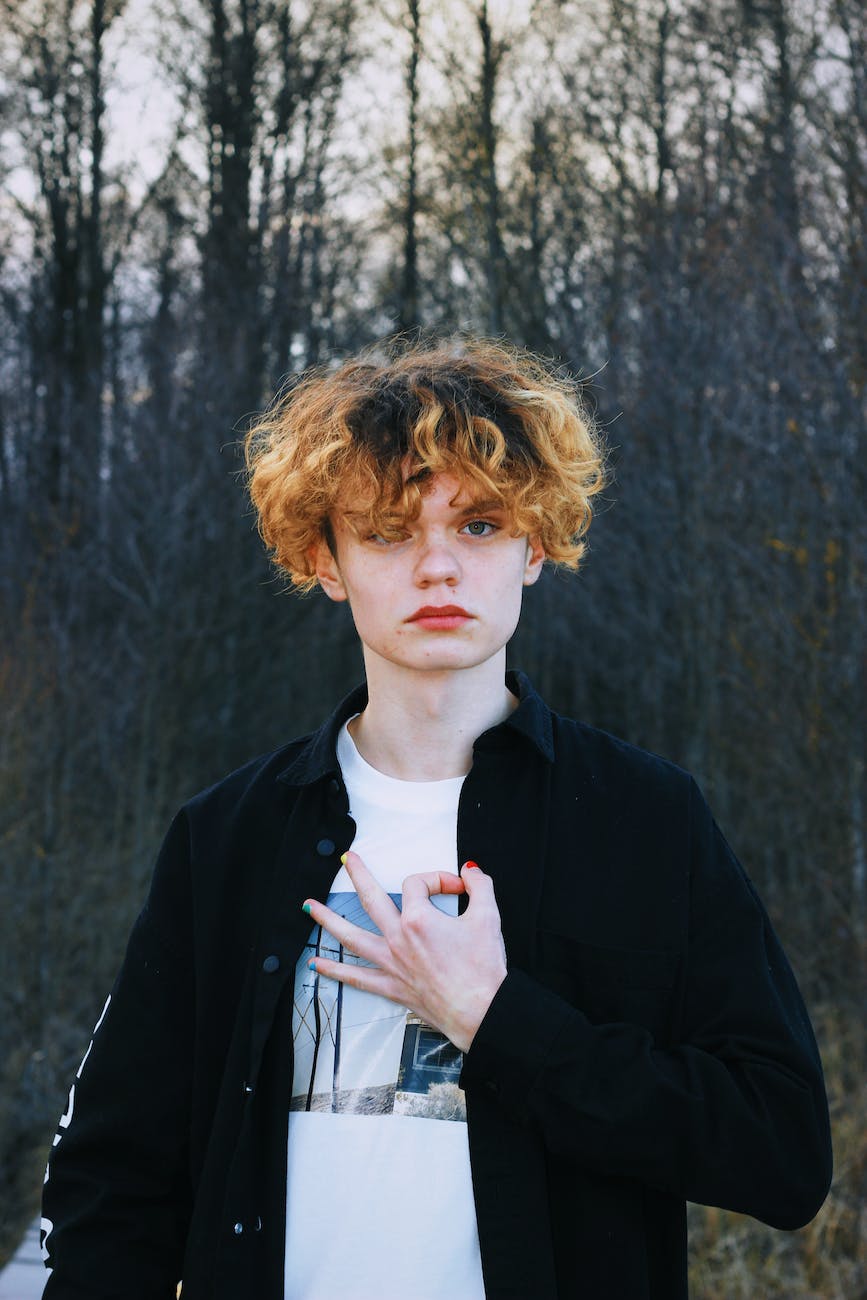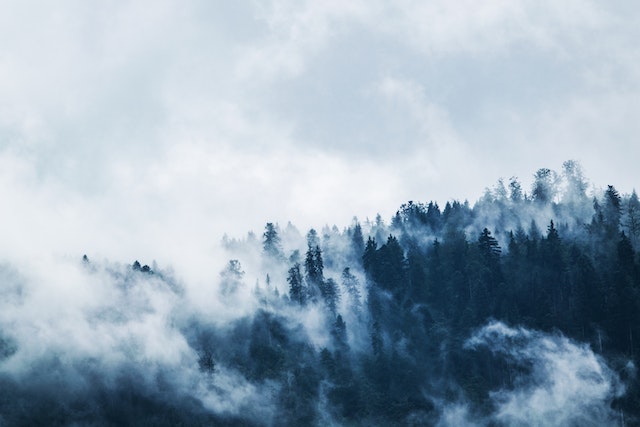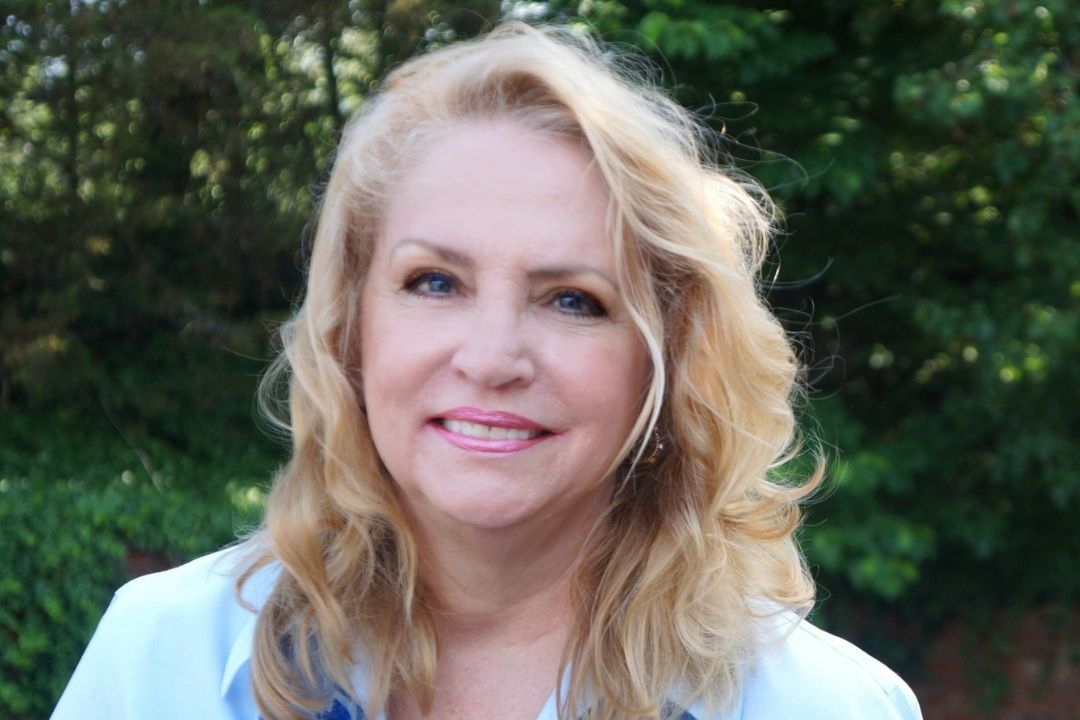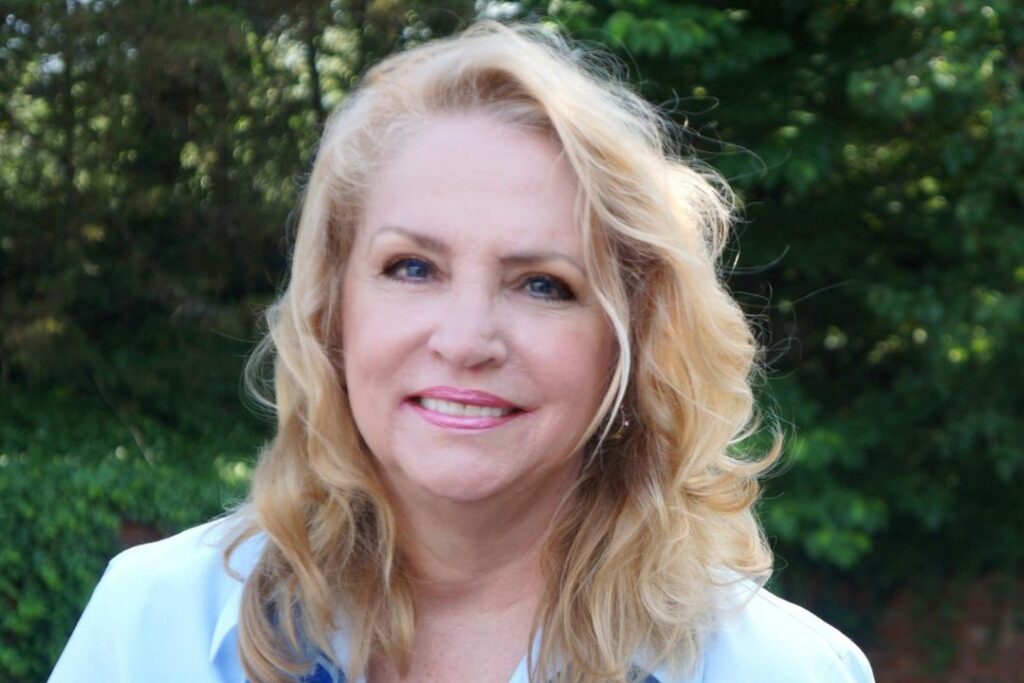Etel Adnan, born on February 24, 1925, in Beirut, Lebanon, was a creative force who transcended borders and disciplines. A prolific artist, poet, and writer, she left an indelible mark on the world of modern art and literature. Her unique blend of cultural influences and bold artistic expression positioned her as a pioneering figure in the contemporary art scene. Known for her vibrant paintings, Adnan’s work is often described as a synthesis of East and West, reflecting her Lebanese heritage and her extensive time spent in the United States and France.
Etel Adnan: A Life of Creativity and Expression
Early Life and Cultural Influences
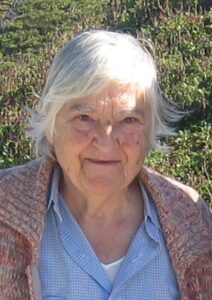
Etel Adnan’s early life was marked by a rich cultural heritage that would later play a crucial role in shaping her work. She was born to a Greek mother and a Syrian father in Beirut, a city that itself was a melting pot of cultures and traditions. Growing up in a multilingual and multicultural environment, she was fluent in French, Arabic, and English, languages that influenced her literary and visual expression.
Her rich father, a high-ranking Ottoman military officer, instilled in her a sense of history and tradition, while her mother, a Greek Orthodox Christian, brought a Mediterranean sensibility to her upbringing. This fusion of East and West would later become a hallmark of Adnan's work, both in her literature and her visual art.
Adnan moved to Paris in the 1940s to pursue higher education at the Sorbonne, where she studied philosophy. Her academic pursuits didn’t stop there—she continued her education in the United States, attending UC Berkeley and Harvard University, where she further delved into philosophy and aesthetics.
Transition into Art
Although Etel Adnan initially pursued a career in philosophy, she eventually found her true calling in visual art. Her artistic journey began in earnest in the 1960s when she was living in California. Inspired by the light and landscape of the West Coast, she began painting vibrant abstract works, using a palette knife to apply bold blocks of color onto her canvases. Her paintings often focused on natural landscapes, particularly Mount Tamalpais, a mountain in Northern California that she frequently painted and referred to as a spiritual muse.
Adnan’s transition from writing to painting was seamless, as both mediums allowed her to explore the themes of identity, exile, and the complexities of life in a politically turbulent world. While her early work was rooted in abstraction, it was also deeply personal. She viewed painting as a form of language, a visual expression of her thoughts and emotions, much like her poetry.
Famous Paintings and Artistic Style
One of the hallmarks of Etel Adnan’s paintings is her bold use of color. Her landscapes are not attempts at realism but rather emotional expressions of the world as she experienced it. She often used a palette knife to apply thick layers of paint in flat planes of color, creating works that are both textured and minimalistic.
Among her most famous works is her series of paintings of Mount Tamalpais, which she painted repeatedly throughout her life. These abstract depictions of the mountain are characterized by their vivid colors and geometric forms, capturing the changing light and moods of the landscape. Her use of color—often bright and contrasting hues—gives her work a sense of vitality and dynamism.
In addition to her landscapes, Adnan also created abstract works that explored color and form. Her painting "Untitled (2010)" is a prime example of her use of bold color and simple shapes to create a powerful visual impact. This painting, like much of her work, is characterized by its simplicity and vibrancy, with large blocks of red, yellow, and blue juxtaposed against one another.
While she is most widely known for her paintings, Etel Adnan also worked in other mediums, including tapestries and drawings. Her tapestries, in particular, reflect her love of color and texture, translating her abstract paintings into woven form.
Literary Achievements
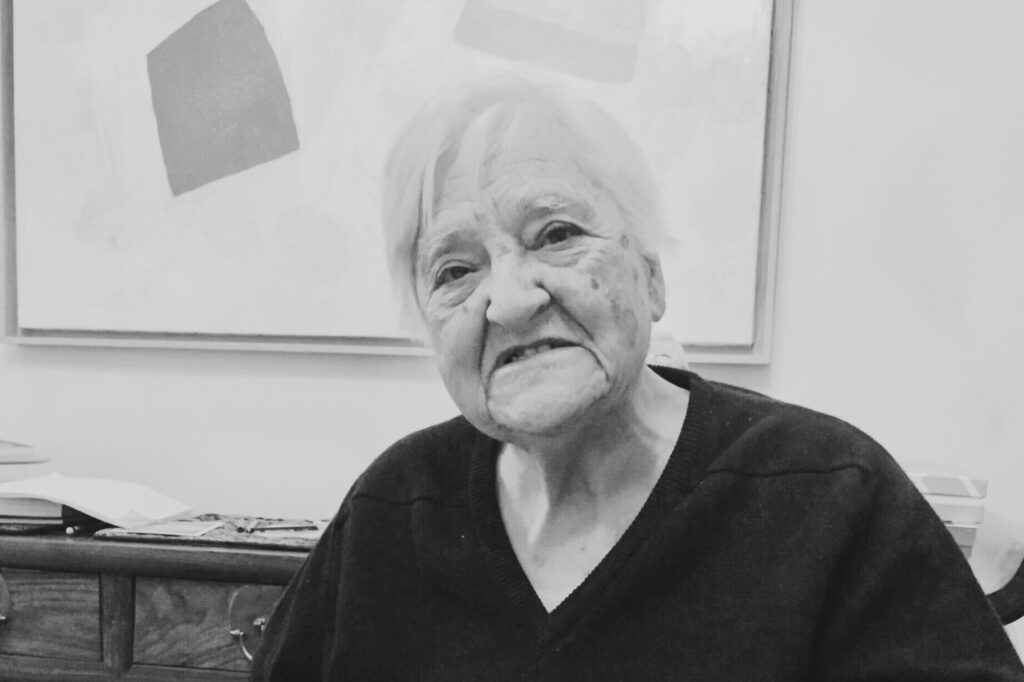
Etel Adnan’s artistic talents were not limited to painting. She was also a celebrated poet and writer, known for her powerful works that addressed themes of war, exile, identity, and love. Her most famous literary work, Sitt Marie Rose (1977), is a novel set during the Lebanese Civil War and is widely regarded as a masterpiece of modern literature. The novel, which explores themes of violence, oppression, and cultural conflict, has been translated into numerous languages and remains a poignant commentary on the human cost of war.
Adnan’s poetry is equally lauded. Her collection The Arab Apocalypse (1980) is a visceral, experimental work that blends poetry and visual art. The collection is a response to the Lebanese Civil War, using fragmented language and bold, abstract images to convey the chaos and devastation of the conflict. Her poetry often defies conventional form, blending language and visual elements to create a unique and deeply personal form of expression.
Her work as a poet and writer earned her numerous accolades, including the PEN Oakland-Josephine Miles Award for Literary Excellence and the California Book Award.
Political Engagement and Activism
Throughout her life, Etel Adnan remained deeply engaged with political and social issues, particularly those affecting the Middle East. Her work often addressed themes of displacement, exile, and the impact of war, reflecting her own experiences as a Lebanese expatriate. Adnan was a vocal advocate for peace and justice, using her platform as an artist and writer to speak out against violence and oppression.
Her political engagement is perhaps most evident in her novel Sitt Marie Rose, which draws on her own experiences and observations of the Lebanese Civil War. The novel is a searing indictment of the violence and sectarianism that tore her home country apart, and it remains one of the most powerful literary works on the subject.
Adnan’s activism extended beyond her writing, as she was also involved in various political and social causes throughout her life. Her commitment to peace and justice was a driving force behind much of her work, and she remained an outspoken advocate for human rights until her death.
Legacy and Impact on Contemporary Art
Etel Adnan’s contributions to modern art and literature are immense. Her work as a painter, poet, and writer has inspired countless artists and thinkers, and her bold, abstract style continues to influence contemporary art. Her paintings have been exhibited in major museums and galleries around the world, including the Tate Modern in London and the Whitney Museum of American Art in New York.
In 2014, at the age of 89, she participated in the Whitney Biennial, one of the most prestigious exhibitions of contemporary art in the United States. This marked a major milestone in her career and brought her work to the attention of a new generation of art lovers.
Adnan’s ability to blend cultural influences and transcend traditional boundaries between disciplines has made her a unique and enduring figure in the world of art and literature. Her work continues to resonate with audiences, offering a deeply personal and universal exploration of the human condition.
Etel Adnan’s life and work are a testament to the power of creativity and expression. Whether through her bold, abstract paintings or her powerful, experimental poetry, she explored themes of identity, exile, and the complexities of the human experience. Her legacy as an artist, writer, and advocate for peace remains as vibrant as the colors on her canvases, inspiring generations of artists and thinkers to come.

